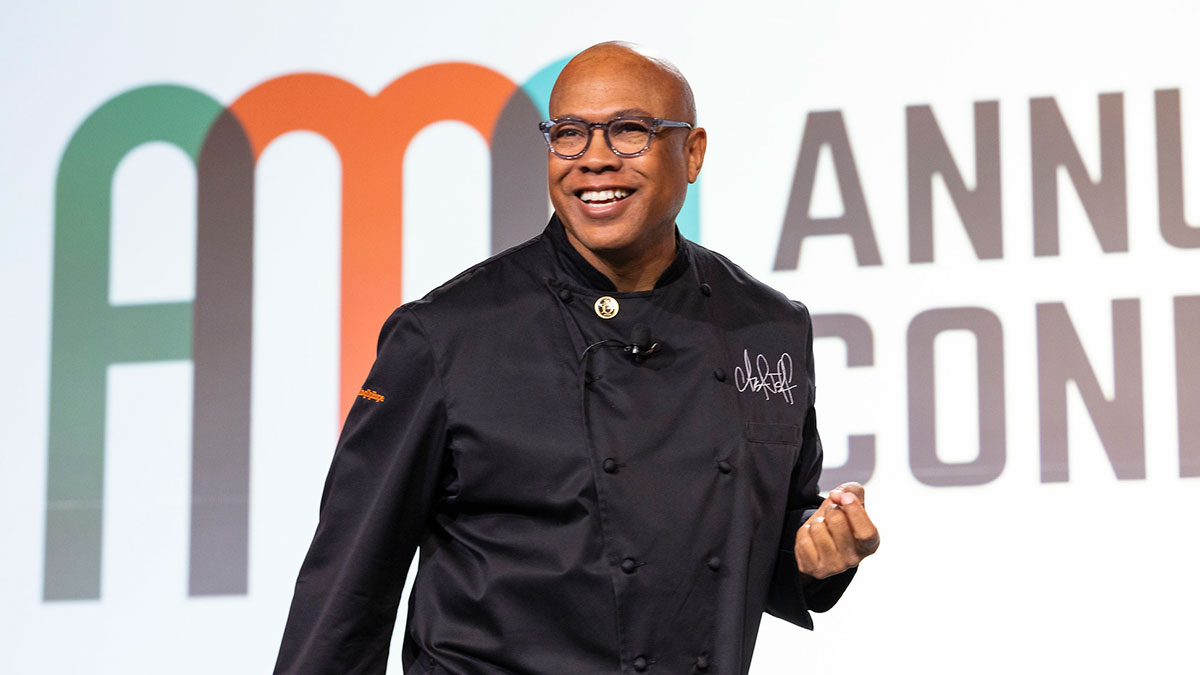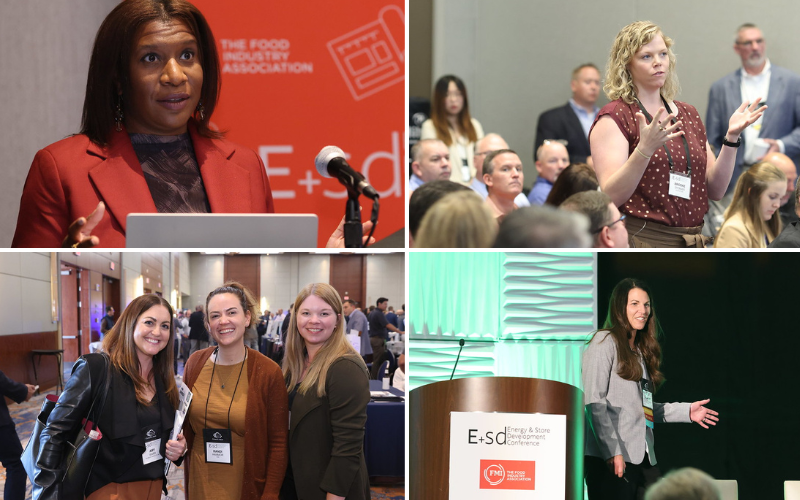By: Carol Abel, Vice President of Education, Food Marketing Institute

The Strategic Executive Exchange (SEE) program, one of the most rewarding aspects of FMI’s Midwinter Executive Conference, engages senior level retail decision-makers and creates an environment through which meaningful exchange with a variety of industry trading partners and counterparts in the CPG, technology and service provider industries can take place. Over the span of the three day event, our members have found great value in the conversations establishing strategy and shaping future direction.
I recently had the pleasure of interviewing Dave Jones, Vice President of Industry Initiatives at the Kellogg Company, a longtime participant in the SEE program, on the importance of engaging in the collaborative meetings each year. He was able to share some insights and tips on ways to make the most of the program.
As a longtime participant in the SEE program, why is it important to you to engage each year?
Dave: The rate of change in our industry continues to move at an unprecedented pace and requires new thinking, and bringing both the manufacturers and retailers together is the best way to collaborate to keep pace with the change. A very effective and efficient collaborative forum, it’s a great way to start the year to discuss strategic opportunities for the coming year.
Who can benefit most from SEE meetings?
Dave: C-suite, executive level leaders who can really effect change in our respective organizations and discuss how they can serve consumers better, ultimately moving both parties in the right direction.
What kinds of ideas do you share with your trading partners?
Dave: We share insights on the categories and where shoppers are headed, along with plans to capture the shopper’s desires and wants through innovation and to grow our share through retail outlets. Joint business planning requires a high degree of collaboration and information sharing by both sides, therefore these meetings foster examination of current business plans to help improve and build new opportunities.
What kinds of things do you learn from your trading partners?
Dave: We learn about their challenges in serving the consumers and their ideas around store formats, operations, and ways we can adapt our products to meet the changing generational needs. For example, is there an opportunity to change our price-pack architecture to better take advantage of the e-commerce opportunity around delivery and in-store order fulfillment? It makes a difference if someone wants to do curbside pickup rather than back of store. And with many of our regional players, we gain deeper exposure to their demographics and what the total shopper is looking for in their area and in their whole store. What are the apparent and subtle trends they are seeing?
What recommendations would you have for a new SEE supplier participant in terms of what to do or what to focus on?
Dave: I would suggest focusing on how your products and services meet the needs of the retailer and ultimately, the consumer. Seek supply chain, pricing, pack or format opportunities, and keep your mind open to how you can better serve by understanding their operations and the types of consumers they want to attract.
As a participant in both the Strategic Executive Exchange program and the Annual Business Conference (ABC), how are the two activities different from your perspective?
Dave: The SEE meetings are more senior peer to peer, focusing on strategic issues and solving important matters organizationally, whereas the ABC meetings are more tactical, and discussions focus on pain points, supply chain, merchandising and issues that can be fixed in the next quarter.
Learn more about FMI’s Strategic Executive Exchange program and register today.

 Industry Topics address your specific area of expertise with resources, reports, events and more.
Industry Topics address your specific area of expertise with resources, reports, events and more.
 Our Research covers consumer behavior and retail operation benchmarks so you can make informed business decisions.
Our Research covers consumer behavior and retail operation benchmarks so you can make informed business decisions.
 Events and Education including online and in-person help you advance your food retail career.
Events and Education including online and in-person help you advance your food retail career.
 Food Safety training, resources and guidance that help you create a company food safety culture.
Food Safety training, resources and guidance that help you create a company food safety culture.
 Government Affairs work — federal and state — on the latest food industry policy, regulatory and legislative issues.
Government Affairs work — federal and state — on the latest food industry policy, regulatory and legislative issues.
 Get Involved. From industry awards to newsletters and committees, these resources help you take advantage of your membership.
Get Involved. From industry awards to newsletters and committees, these resources help you take advantage of your membership.
 Best practices, guidance documents, infographics, signage and more for the food industry on the COVID-19 pandemic.
Best practices, guidance documents, infographics, signage and more for the food industry on the COVID-19 pandemic.
